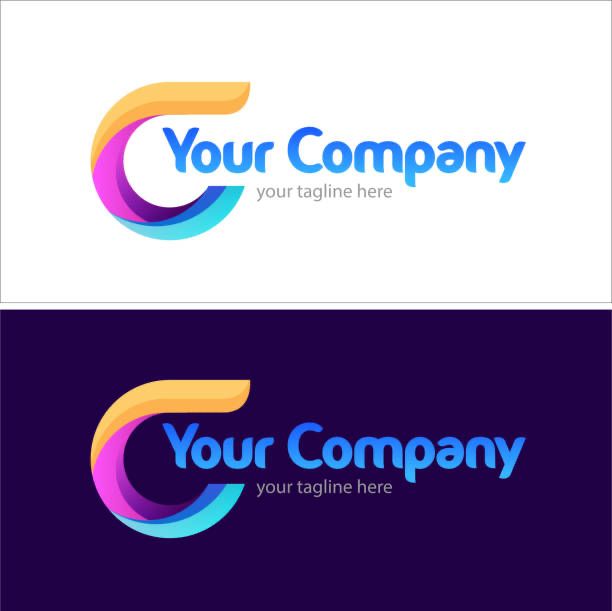Before you can make money online, it is imperative some basic branding principles. In the 1950s, the concept of modern branding was introduced, marking a transformative period in manufacturing and consumer culture. An example of branding in that age was the popular McDonald’s postcard advertisement. Fast forward to the 2000s to today, branding has evolved significantly beyond basic branding. It now involves branding, marketing, and advertising; with social media advertising taking all the coins among the different forms of advertising. An example is the Coca-Cola, #ShareACokeCampaign, which saw consumers use the hashtag over 500,000 times.
Although innovation and technology will continue to play a major role in all of this, the traditional principles of branding will always remain the same. One might ask, how was Coca-Cola able to appeal to its audience? The answer is simple – they used the principle most business owners are now opting for in today’s marketing world; tapping into the emotional aspect of consumers. Beside this, there are several key branding principles you should pay attention to if your business vision is to create a brand that stands out among competitors.
What is Branding
From an afterthought of business owners to now becoming the first step to creating a business, branding is more important than you might think. In contrast to what many think, branding is more than design elements like logos, colours, bylines, and mood boards. Instead, it is the entire identity that comes to the mind of your first-time customers, loyal customers, and even target audience, when your brand is mentioned. Furthermore, it gives you personality since customers get exposed to new brands (competition) daily. Branding helps you stand out from the crowd.
In this article, we will discuss some of the key principles that guide branding and online presence. This is a reflection of the evolutionary form of branding which involves improving certain aspects of your brand gradually rather than all at once.
Branding Principles
1. How well do you know your competition?
The foundation of most businesses is a proper analysis of their competition, before introducing a full-fledged product to the market. Charlie Grinnel, CEO of Right Metric, a marketing research, and insights firm, pointed out that it is often not advisable to build your strategies from zero when you can get valuable building blocks from competitive research. That applies to marketing, but for branding, it is a bit different.

Your image of a competition does not matter, rather it is who your customers think your competition is that matters. When closing a deal next time, you might want to ask your customers who they considered before choosing your product or service.
2. Is your company name compelling?
In 2015, CNBC listed 19 famous companies that originally had different names, a move to show how a brand’s name can make or break it. In 1998, Google changed its name from BackRub to Google; a mathematical term for the number represented by the numeral 1 followed by 100 zeros. This was done in a bid to reflect its mission to organize an infinite amount of information on the web. Blue Ribbon Sports also changed its name to Nike, named after the Greek goddess of victory.

In today’s branding world, basic efforts do not work anymore, as more business owners are becoming creative daily. From your websites, business cards, advertisements, media, and marketing, your business name should stand out to support your value proposition.
3. Will people remember your logo?
While this might sound too normal, your audience need to remember what your logo looks like. In a 2020 survey by Hubspot, 96% of consumers increased their video consumption, and 9 out of 10 viewers said they wanted to see more videos from brands and businesses. How does this affect your brand? As of 2022, an average person spends 100 minutes per day watching videos, these videos include yours and that of competition.

According to Optinmonster, 84% of consumers say they have been convinced to buy a product just by watching a brand’s video. For this audience to go back and shop from your brand, your logo must be simple yet unique. The first step to creating a logo people will remember is clarity. After you have identified your brand’s five core values, you can proceed to hire a professional, ensure you customize your colour palette, and then consider your company values.
In branding, one important thing to note is whether your brand is new to the market or well established, staying relevant in your industry guarantees your brand’s longevity. As a business focused on growth, you must always think ahead of competitors and keep up with the latest industry branding trends.
